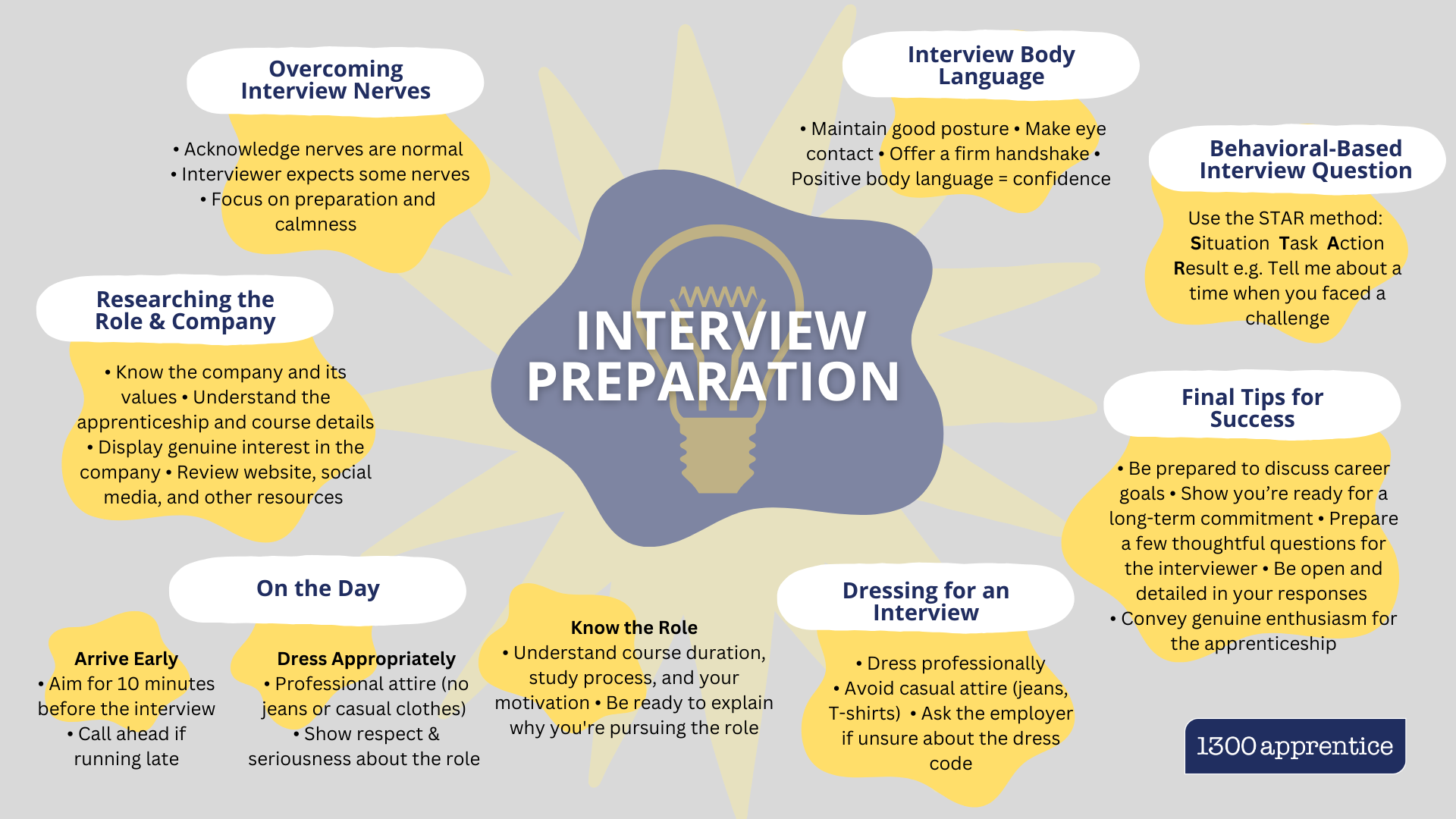Chad’s blog 2 – Resumes & cover letters
Welcome to part 2 of our special series on how to land your dream apprenticeship or traineeship! Before we go into that, I’d like to give you an idea of the difference between an apprenticeship and traineeship.
With an apprenticeship, the type of study and work you do normally relates to a trade where you become a qualified tradesperson upon completion. Trades such as electrical, landscaping, cabinet-making and automotive are just a few that are part of the apprenticeship scheme.
In a traineeship, this normally refers to training in a vocational area. This means you will gain a qualification but you may not be trade qualified. Examples of this would be in Business, Financial Services, Real Estate, Information Technology and many more.
Being an apprentice or trainee is a very rewarding venture and even more rewarding when you have reached completion!
From the first part in our series you would have learned about the preparation involved before applying for an apprenticeship or traineeship and the research and knowledge involved. As I have said, it is important to first understand as much as you can about the field you want to enter and have good reasons for wanting to do that job.
So, let’s assume you’ve done the hard yards so far. You’ve chosen the trade you are looking for and know as much as you can about it. What you need to do now is get your resume together, along with a cover letter and look at the ways and means of applying for a job.
Resumes are a very important part of the recruitment process for an employer. It gives them a snapshot of the experience the applicant has and what they can offer.
What is the main objective in sending your resume to an employer? This is a simple question but many people do not understand its purpose. The objective is simply to gain an interview. Getting your foot in the door to show what you can do face-to-face is absolutely essential.
Too many applicants send in resumes and cover letters that are unbelievably hard to read. This may be due to spelling mistakes, grammatical errors, different fonts or ones that are so fancy you cannot understand them and poor formatting. They generally have a sloppy and careless outlook.
The perception from an employer is that if your resume is sloppy or carelessly put together then that is how your work performance is going to be. The golden rule here is to get someone else to proofread your resume before you apply. A fresh pair of eyes always helps to find errors that you may not have seen yourself. Never be afraid to do this.
There is no right or wrong way to set out a resume as long as it is formatted correctly and is easy to read. However, you should ensure that dates of your past employment and education are as accurate as possible. Your employment history should always list your most recent employment first. Ensure all your contact details are updated and correct. If an employer cannot contact you then you will miss out.
A cover letter is also important as it summarises what your experience is and, most importantly, why you think you are the best candidate for the job. Cover letters should always be tailored to the job you are applying for; the text shouldn’t refer to just any job in general. Many people state in their cover letter that they are applying for the position advertised. This is a “lazy” cover letter as it could be used for any job and again gives the perception to an employer that you are looking to get any job you can.
You should always take the time to edit your cover letter to suit the job you are applying for. Make sure the job title is fully stated with the correct details. Too many times employers receive cover letters that describe a totally different job and are even addressed to a different employer!
Putting together a cover letter and resume is too often looked upon with little importance by candidates, but for those that do it well, it gives them a greater chance to gain employment.
Now that you have done your research, chosen the job or trade you want and prepared your cover letter and resume you are now ready to start applying for jobs.
In my next blog, I’ll take you through the process of applying for a job and the preparation required as you wait for that important phone call from a prospective employer!




